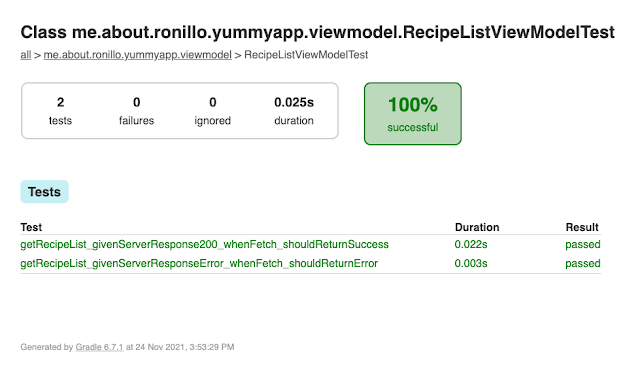Exploring the UIKit Framework: A Dive into iOS App Development
Introduction
If you're interested in iOS app development, you've undoubtedly heard of UIKit – the foundational framework that powers the user interface of every iOS application. UIKit is a crucial part of the iOS development ecosystem, providing developers with the tools and components needed to create visually appealing and user-friendly applications. In this blog post, we'll take a deep dive into the UIKit framework, exploring its key components, functionality, and its role in crafting stunning iOS user interfaces.
What is UIKit?
UIKit is a framework provided by Apple for building user interfaces in iOS applications. It's an essential part of the iOS SDK (Software Development Kit) and serves as the primary framework for creating the visual elements of an app. UIKit provides a wide range of classes and components for handling everything from buttons and labels to complex view hierarchies and navigation controllers.
Key Components of UIKit
1. UIView: At the core of UIKit is the UIView class. A UIView represents a rectangular area on the screen that can display content and respond to user interactions. Views can be combined to create complex interfaces, and they form the building blocks of iOS app layouts.
2. UIControl: UIControl is a subclass of UIView that adds touch event handling capabilities. It's the foundation for interactive elements like buttons, switches, and sliders.
3. UIViewController: UIViewController manages the presentation and user interaction of a single screen (or view) within an iOS app. It controls the lifecycle of its associated view and is used for tasks like navigation and handling device orientation changes.
4. UITableView: UITableView is a versatile component used to display lists of data in a structured format. It's commonly used in iOS apps for displaying everything from contact lists to news articles.
5. UICollectionView: UICollectionView is a more flexible counterpart to UITableView, allowing developers to create grid-based layouts and custom arrangements of items.
6. UINavigationBar and UINavigationController: These components provide navigation capabilities within an app. UINavigationBar creates a navigation bar at the top of the screen, while UINavigationController manages a stack of view controllers, enabling seamless navigation between screens.
7. UIStackView: UIStackView simplifies the arrangement of views in a linear or grid-like fashion, making it easier to create responsive layouts.
8. UITabBar and UITabBarController: These components are used for creating tab-based navigation interfaces, often seen in applications with multiple sections or views.
9. UIPickerView: UIPickerView is used for selecting items from a list with a spinning wheel-like interface, commonly used in forms and selection screens.
Functionality and Customization
UIKit provides not only a wide range of ready-made UI components but also allows for extensive customization. Developers can adjust properties like colors, fonts, sizes, and behavior to match the design and functionality of their app. Additionally, UIKit supports internationalization, accessibility, and dynamic type to ensure a great user experience for all users.
UIKit also includes features for handling gestures, animations, and transitions, making it possible to create visually appealing and interactive user interfaces.
Conclusion
Exploring the UIKit framework is an exciting journey for any iOS app developer. With its extensive set of components and powerful customization options, UIKit empowers developers to create user interfaces that are not only beautiful but also functional and user-friendly. Understanding UIKit is a crucial step towards mastering iOS app development, and it's a skill that will serve you well as you bring your app ideas to life on the iOS platform.
Here are some additional tips for exploring the UIKit framework:
- Start by reading the Apple Developer documentation.
- Look for tutorials and code samples online.
- Experiment with different UIKit classes and protocols.
- Use the debugger to step through your code and see how it works.
- Don't be afraid to ask for help from other developers.
With a little effort, you'll be able to master the UIKit framework and create amazing iOS apps. So, roll up your sleeves, dive in, and start crafting amazing user interfaces with UIKit!

Comments
Post a Comment